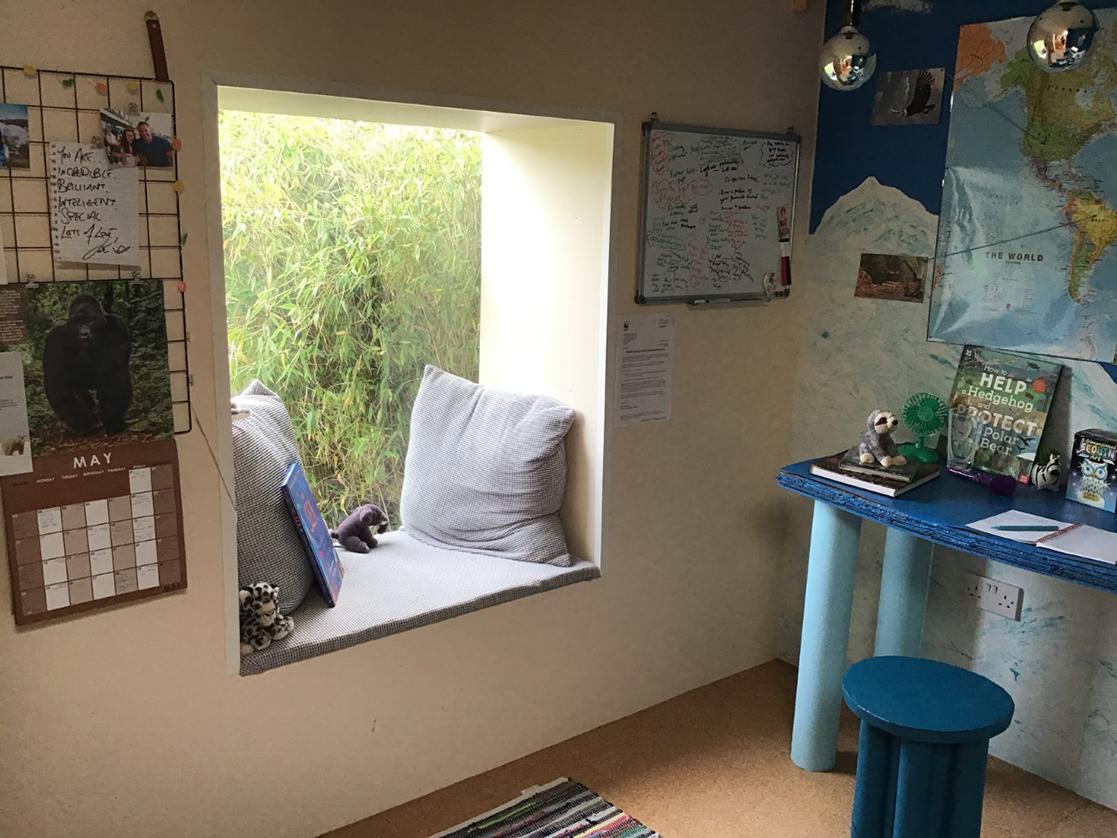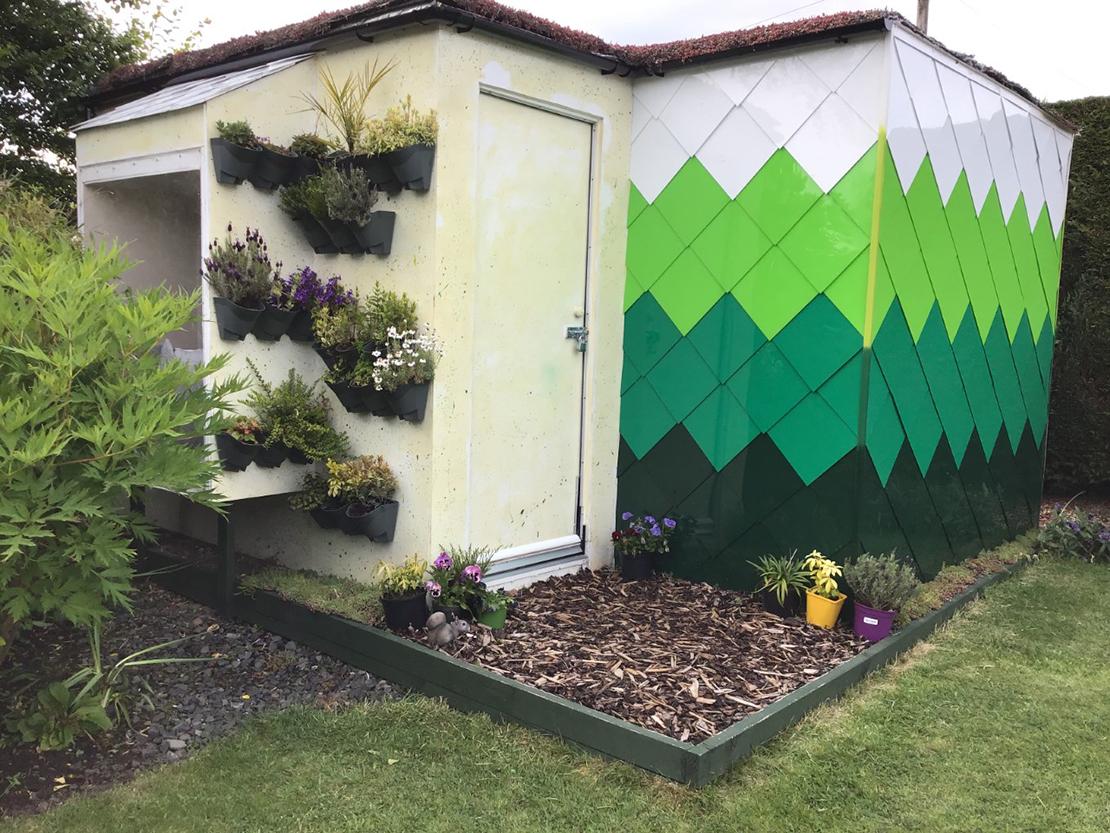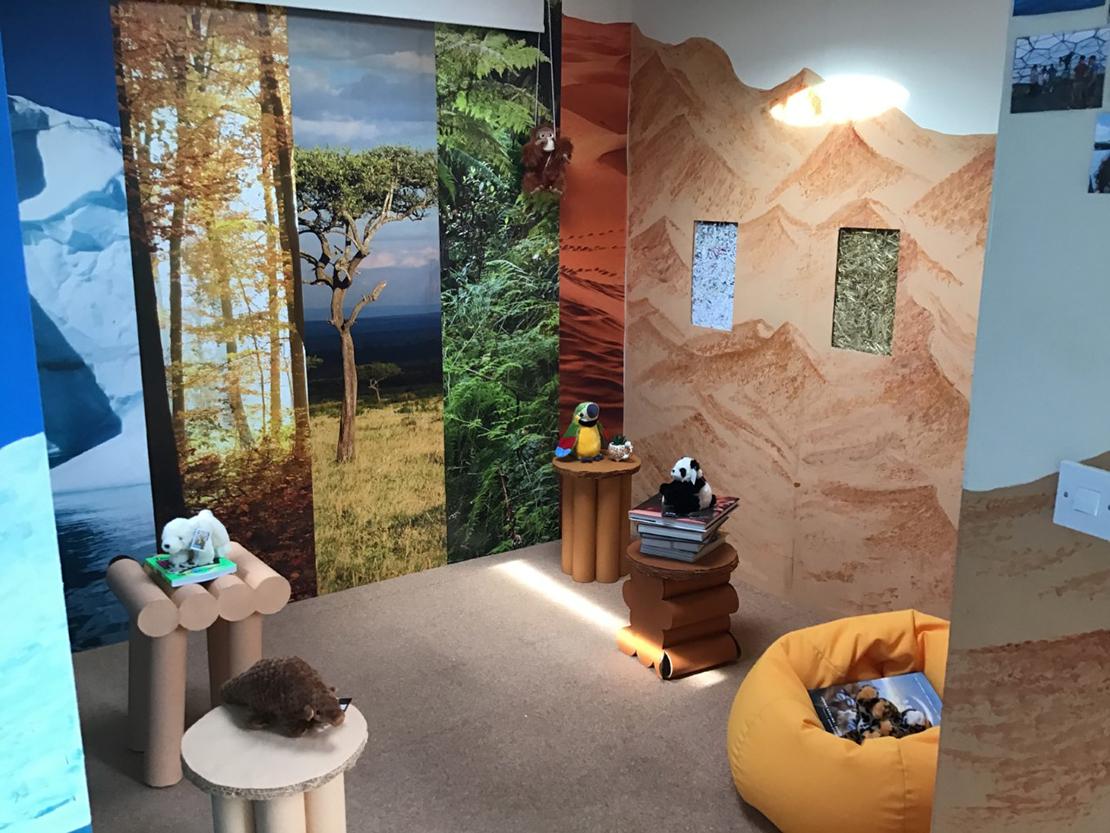
Right now, times are strange. We’re staying indoors and socially distancing. Towns and roads are deserted, and with that wildlife is thriving more than ever.
Can you hear the birds? What’s that scurrying around over there? Wildlife is out in force, so here’s how to attract it to your outdoor space and make it want to stay - Every animal and insect needs food to survive, so that’s what will make animals come.

Here are my top tips to a wildlife-friendly garden
- Birds: The easiest way to attract birds is with a feeder. Many people have feeders already, but are they being used? Sometimes if birds can’t perch on the feeders then they can’t access the food, so I put mine in my hedge to make them more accessible and safe for the birds to visit. Routines are also good, for example, filling the feeder up every Saturday and cleaning it every month. The birds will become used to the routine and will probably turn up consistently.
- Bees: Bees love purple flowers as well as native wildflowers. If you’re unsure of what’s bee-friendly or not then check the packet that the seeds came from. However, if you can’t source bee-friendly flowers then an easy alternative is to leave a patch of grass un-cut. Bees can nest in it, rest in it and get pollen from the daisies and dandelions. I have also found that bees also really like sunflowers too.
- Hedgehogs: First, your prickly guests need a way to access your garden, so ask an adult if they can cut a hedgehog sized gap in your fence. Secondly, provide them with some food, such as tinned dog or cat food, as long as it’s not fish based or better still special hedgehog food which you can get in the pet shop. If providing food, then put some fresh, clean water in a shallow bowl, never milk. Also, don’t use slug pellets or any other pesticides in your garden because these will kill any hedgehogs who eat the poisoned insects. If foxes and cats visit your garden, then a good idea would be to put the food in a predator-proof hedgehog home. You can buy one, or even make one yourself. There’s plenty of inspiration online to get you started. Another thing hedgehogs like is wild corners- just a small space of your garden with long grass, maybe piles of leaves and logs and twigs that they can nest under.
- Bugs: Insects have got to be the easiest creatures to accommodate, and, they are food for many things, such as birds and hedgehogs, so if bugs are abundant in your garden then birds certainly will be too. The minimum that bugs need is a small pile of logs or sticks, however, you will get more varieties of bugs if you make a bug hotel. You could buy one, however, they are very easy to make as there’s not really a wrong answer. Maybe a toilet roll tube filled with regular sticks, leaves and bamboo sticks or even a thick fallen branch with holes drilled in (make sure to ask an adult for help). Whatever you choose to make, just keep in mind what bugs like – hollow twigs, leaf piles for nesting in and little nooks and crannies.
- Frogs, newts and many creatures: The one thing which is pretty much certain to bring wildlife is a pond. As well as frogs and newts and other pond life, ponds benefit pretty much every wild garden resident. You don’t need to have an actual pond in your garden - you can easily make one by digging a hole and placing a fairly shallow container filled with water inside. Even if your pond is shallow, creatures could still fall in and not be able to get out, so if your container has steep edges then create a slope using pebbles, bricks or anything else you can find to provide an easy exit for visitors. If you want your pond to be extra encouraging then maybe ask your parents if you already have or could source some water friendly plants.


I hope you have found my tips helpful to attract and look after wildlife in your garden. I’d love to see what you come up with. I hope everyone’s safe, healthy and happy and remember that nature is always there for you.
Caitlin Connolly



